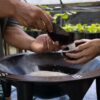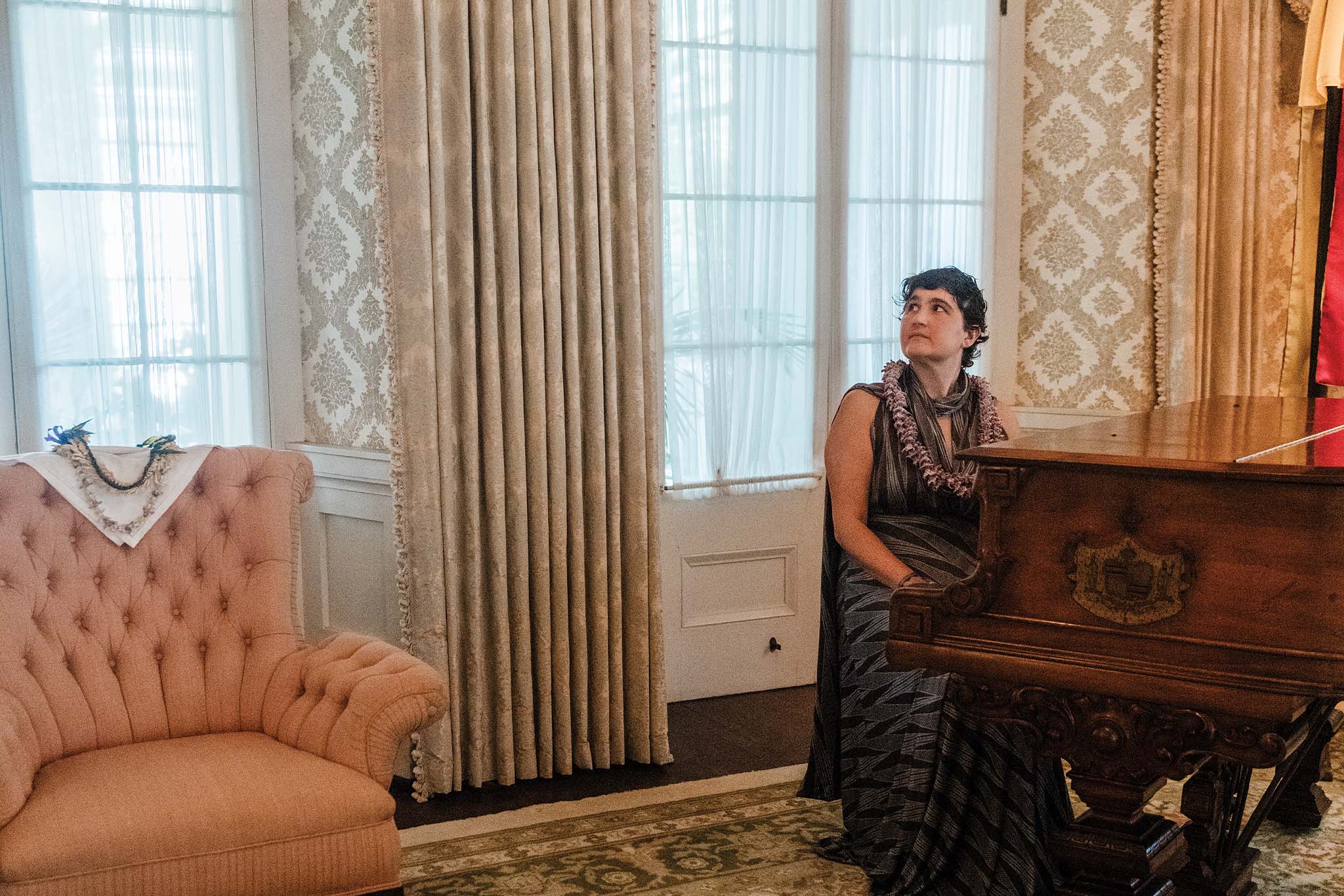Text by Martha Cheng
Images by John Hook and Vincent Bercasio
To compose was as natural to me as to breathe,” wrote Lili‘uokalani in her autobiography, Hawaii’s Story by Hawaii’s Queen. “And this gift of nature, never having been suffered to fall into disuse, remains a source of the greatest consolation to this day … even when I was denied the aid of any instrument I could transcribe to paper the tones of my voice.” Many know Lili‘uokalani, the last reigning monarch of the Kingdom of Hawai‘i, penned the ballad “Aloha ‘Oe,” and perhaps some already know her as a prolific composer in her own right. But fewer may know the wide range of her repertoire, from waltzes to a comic opera.
In her 79 years, the queen composed more than 150 mele (songs), including “He Mele Lāhui Hawai‘i,” a national anthem at the request of King Kamehameha V in 1866, and a series of songs that she wrote and published anonymously in 1895 in the Hawaiian-language newspaper Ka Makaainana so that she could communicate with her people while imprisoned at ‘Iolani Palace.
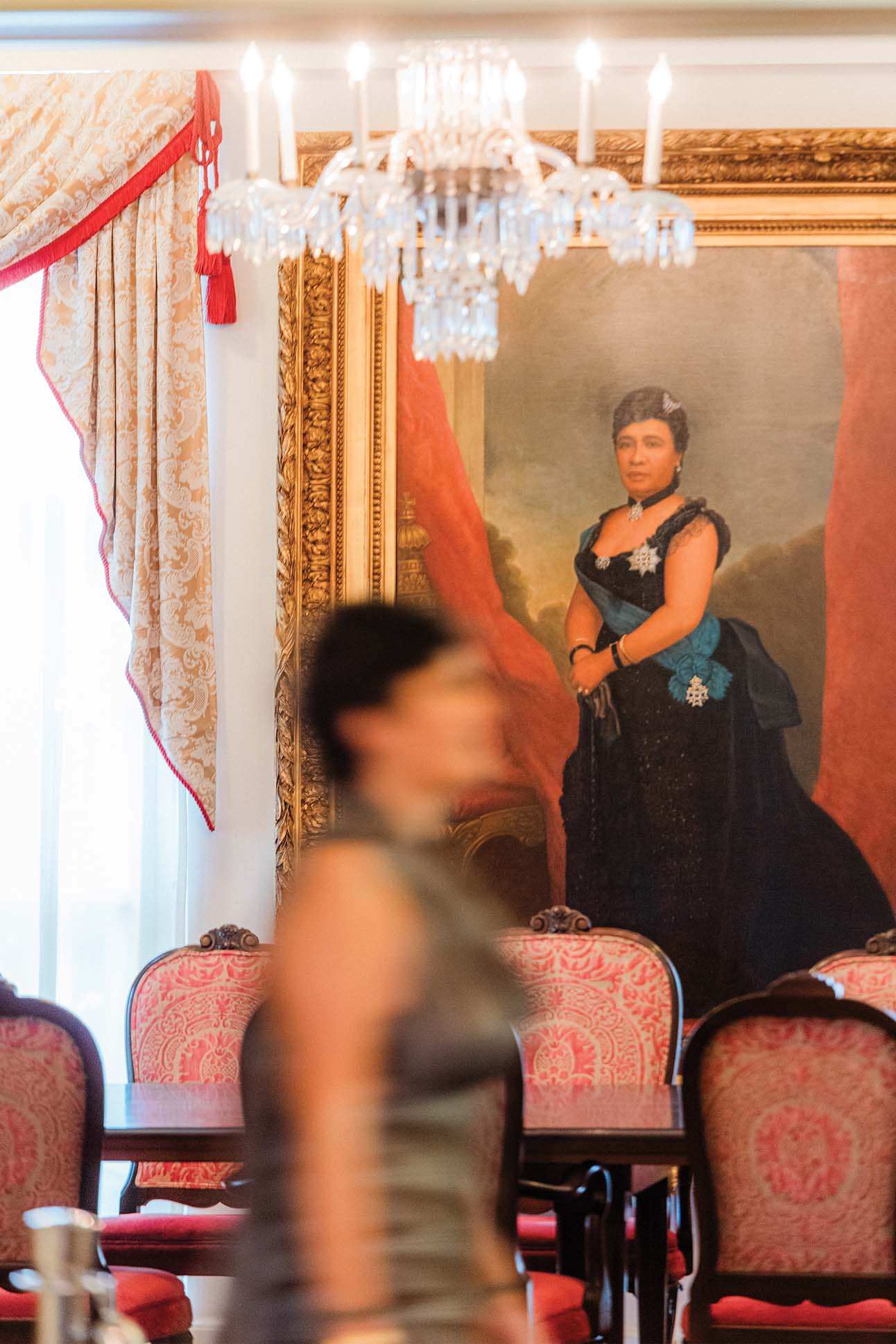
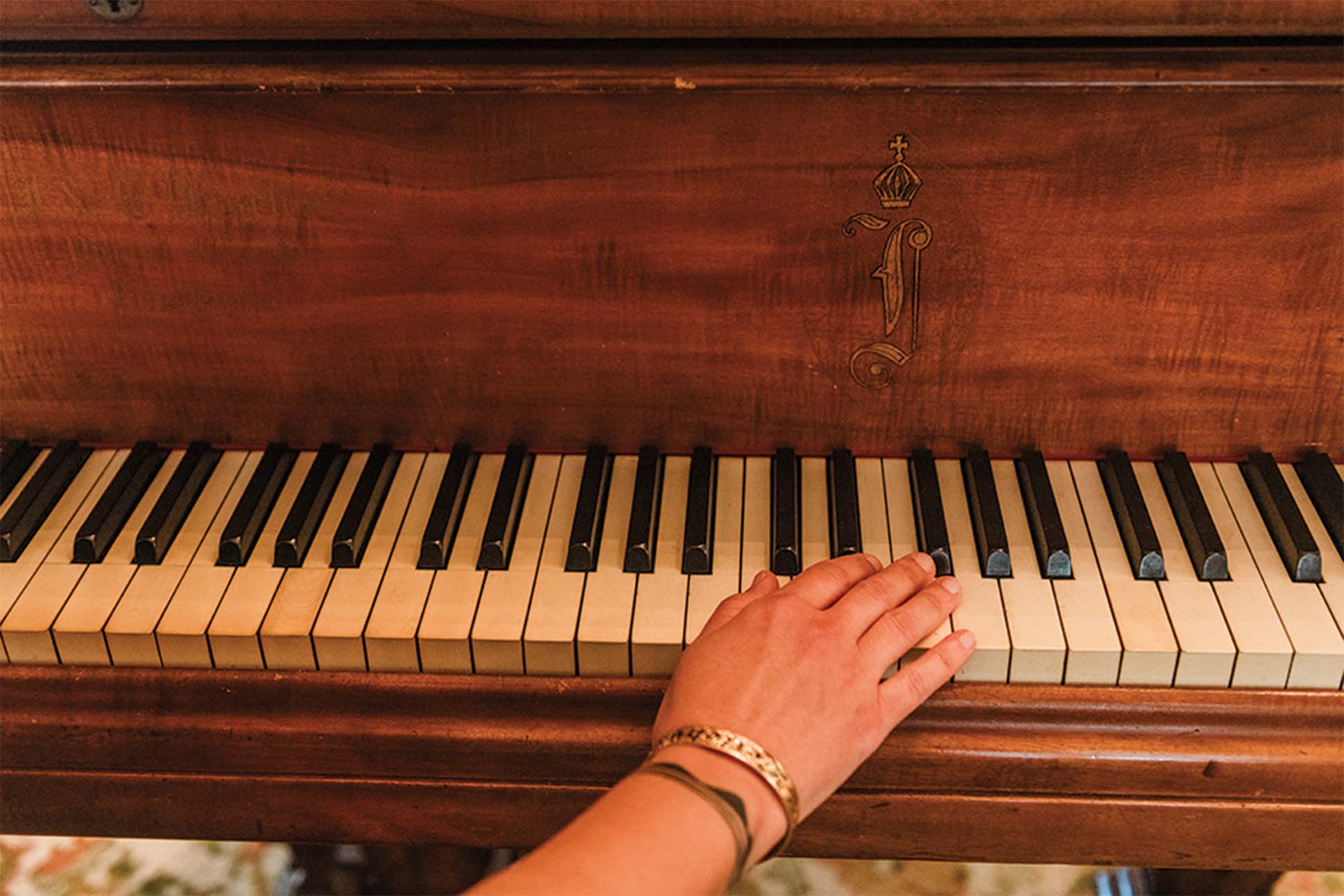
A testament to how the regent’s music continues to inspire and engage today, an upcoming film and opera delve into Lili‘uokalani as a songwriter. Here’s a look at those two works in progress—from two female Native Hawaiian musicians—which connect deeply to the queen’s musical oeuvre.
A Documentary Film
The Nā Hōkū Hanohano award-winning musician Starr Kalahiki’s first job out of high school was singing for Japanese weddings at Kawaiaha‘o Church. In the chancel, the then-18-year-old frequently sang the first verse of “Ke Aloha O Ka Haku,” also known as “The Queen’s Prayer” because it was written by Lili‘uokalani while under house arrest. Then, a year later, Kalahiki took an ethnic studies class at the University of Hawai‘i at Mānoa. “That was when I learned the truth of the illegal occupation of the Hawaiian Kingdom,” says Kalahiki, now 38. “And I got triggered because I was singing ‘The Queen’s Prayer’ nine times a day.”
Kalahiki quit the job, but as much as she tried to turn away from the music and the emotions it provoked, it was difficult for the singer to escape one of Hawai‘i’s most important composers. As part of a choir group, Kalahiki performed from The Queen’s Songbook, a compilation of Lili‘uokalani’s music first published in 1999, throughout churches in Europe. And in 2008, when cast in Waikīkī Nei at the 750-seat Royal Hawaiian Theater, she found herself singing “Ku‘u Pua I Paoakalani,” which the queen also wrote while imprisoned. On the surface, it is a mele about Lili‘uokalani’s gardens in Pauoa Valley and Waikīkī, but in subtext, pays tribute to a supporter who brought her flowers wrapped in newspaper, enabling her to read the current events her captors denied her. “I think I’m running away, but here I am again,” Kalahiki says.
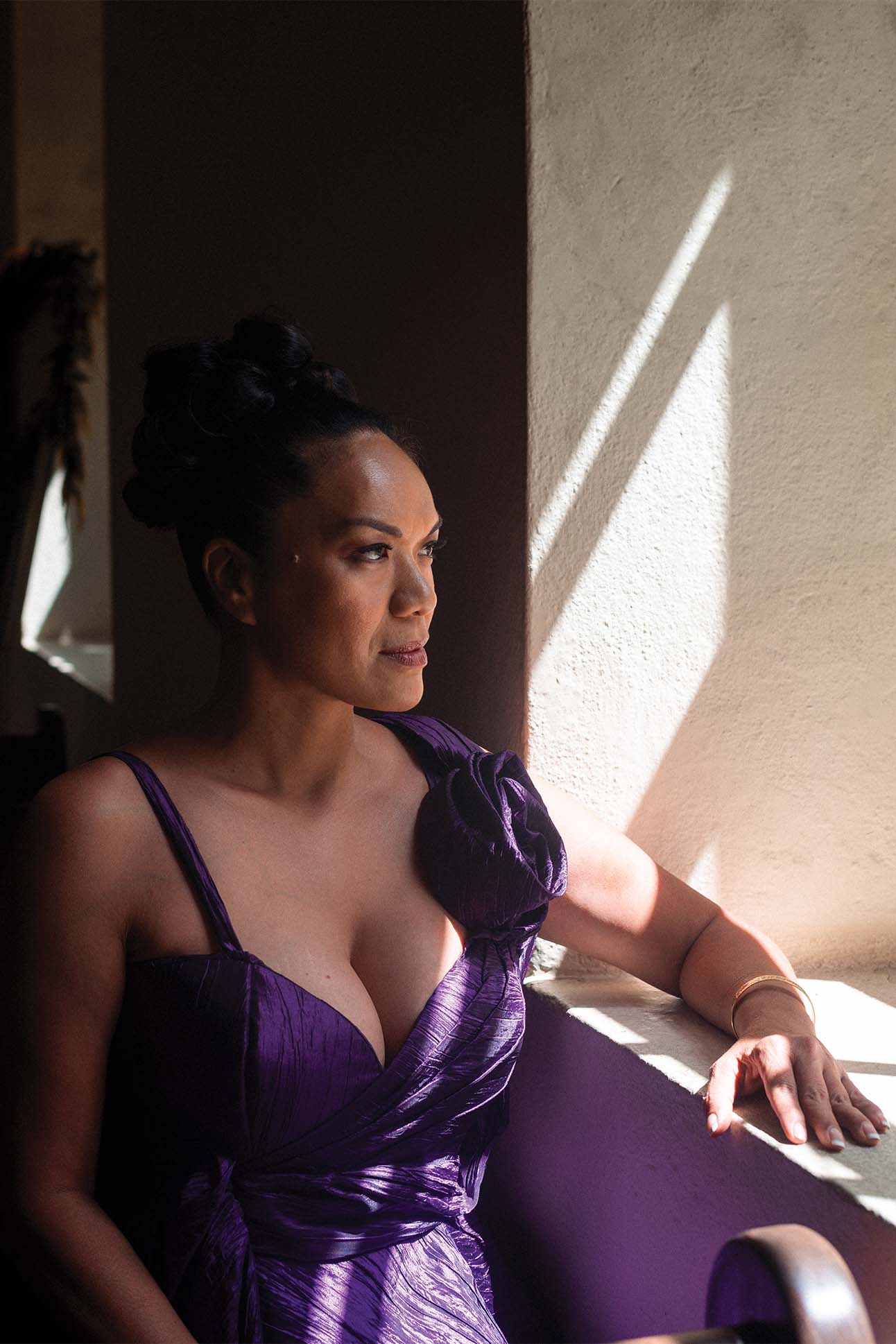
By 2014, however, Kalahiki was ready to face head-on what she earlier could not. Her college music theory teacher, John Signor, suggested they embark on what became The Lili‘u Project, a series of live performances in collaboration with other musicians to explore the queen’s songs in unique ways. (In one performance, the audience was blindfolded.) “I think a combination of things happens when we sing her mele,” Kalahiki says. “Manaola [Yap], the designer, is the one who taught me that mele is a poetic expression of time and space. And by singing it, it’s such a healing, liberating exercise, reclaiming the language with these beautiful melodies.”
A few years ago, Kalahiki and Signor began work on a documentary film, weaving a biography of Lili‘uokalani’s life in music with Kalahiki’s journey as she performs the queen’s songs at home and abroad. For Kalahiki, a turning point came in 2019, when she stood with the protestors against the Thirty Meter Telescope at Maunakea and sang “The Queen’s Prayer,” the same song that had caused her such anguish decades before. She hadn’t originally planned on singing it, but at that juncture, “I knew that I was born and bred and healed for that moment,” she recalls. “It was the perfect song for the moment, and I’m like, ‘This is why God made me.’”
The documentary is still in production, with an undetermined release date, but whatever the venue might be, Kalahiki feels a responsibility to share Lili‘uokalani’s songs. Many were personal compositions specific to a certain time and space but not bound by them, as is clear by their resonance today. They were written, Kalahiki believes, “with the intention of healing the lāhui for time immemorial.”
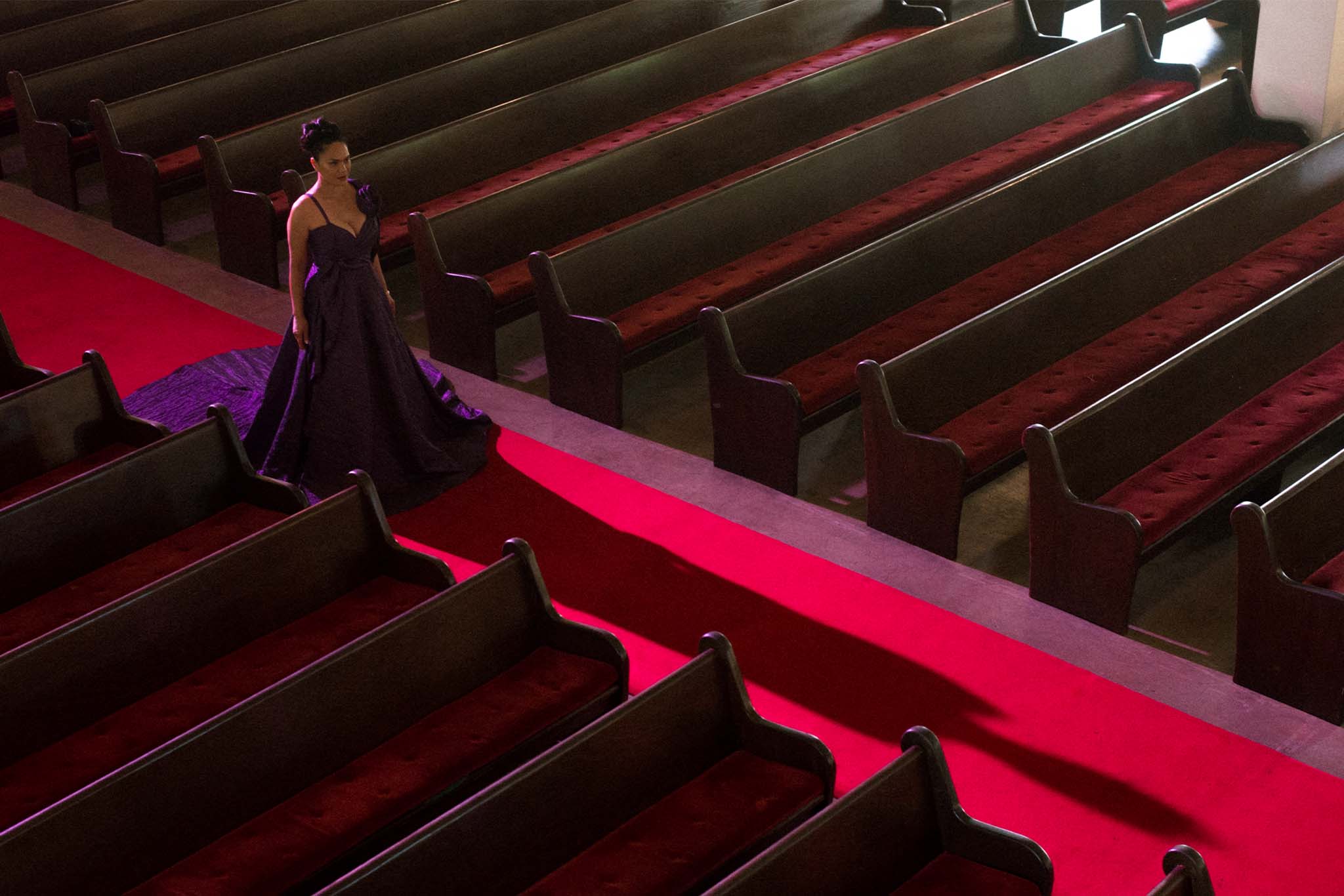
An Opera
The composer and sound artist Leilehua Lanzilotti is writing the libretto to her new opera entirely in Lili‘uokalani’s own words. For Lili‘u, set during the queen’s eight-month imprisonment in 1895, Lanzilotti draws on Lili‘uokalani’s recently published bilingual diary entries and autobiography, along with lyrics from the seven songs she composed while held prisoner.
“Opera is one way of unifying all of the arts,” Lanzilotti says, referencing how the art form can incorporate music, literature, drama, visual art in the scenery and the costumes, and dance into “one fantastic performance.” Beyond Lili‘uokalani’s talent as a musician and composer, Lanzilotti was drawn to the queen as a leader, particularly in how she chose to express herself and campaign for her people through many mediums, from writing music and publishing her work to quilting and arranging flowers as a form of resistance throughout her time in custody. “So expressing her incredible voice as a leader and role model felt fitting to do so in not only a form that honored her many talents,” Lanzilotti says, “but also a form that she herself chose to use to express herself.” In this, Lanzilotti is referring to Mohailani: a Hawaiian Historical Comic Opera, which was written under the name Madame Aorena but is attributed to Lili‘uokalani and presumed to be written around 1897.

Lanzilotti, 40, was raised in Honolulu and spent about 20 years studying and working in the continental U.S. and Europe. She is also the great-granddaughter of former Governor Samuel Wilder King and First Lady Pauline Nawahine Evans; the latter grew up visiting Lili‘uokalani at Washington Place almost every day, watching her mother and the queen play piano and sing together. Lanzilotti moved back to O‘ahu in 2021 and was a finalist for the 2022 Pulitzer Prize in Music for with eyes the color of time, a composition inspired by her childhood spent among the artworks at The Contemporary Museum in Honolulu. For Lili‘u, she has received funding from organizations including the Native Arts & Cultures Foundation as well as Opera America. “I feel that it’s my kuleana (responsibility) to tell this story … from the Kānaka Maoli perspective and in her own words, which was extremely important to me,” Lanzilotti says in a video on the Lili‘u opera website.

The libretto for Lanzilotti’s latest experimental opera is written entirely in Lili‘uokalani’s own words, excerpts of which Lanzilotti previewed at Washington Place in 2024.
There is a richness that lies in Lili‘uokalani’s words. As Lanzilotti writes in an article for the Forge Project, an Indigenous-led cultural organization, “In ‘Ke Aloha O Ka Haku,’ the word ‘haku’ has many potential interpretations. Given that diacriticals were not standard use at the time, there are even more possibilities. ‘Haku’ has always been interpreted as ‘Lord,’ inferring that the work is a religious song, however a purely religious reading misses the gorgeous nuance of Lili‘u’s lyrics and the importance of kaona (hidden meanings) in her writing.” Lanzilotti highlights the word’s additional meanings: to compose; to braid, as a lei; core, as in “pōhaku,” or stone, and “haku ipu,” or pulp and seeds of melon; to rise up, as the moon; and “e ku‘u haku” (“my chief”). Applying these kaona, “Ke Aloha O Ka Haku” opens up significant dimensions to its title and lyrics.
“Told as a contemporary experimental opera, Lili‘u shows that Indigenous people are still here, and that our language is vibrant and living as it engages with modern discourse and expression,” Lanzilotti says. The release date has yet to be announced, but she says an integral part of the presentation of the opera will be free hula, language, and cultural workshops in the week leading up to the performance to “create space to come together through language and culture.”

